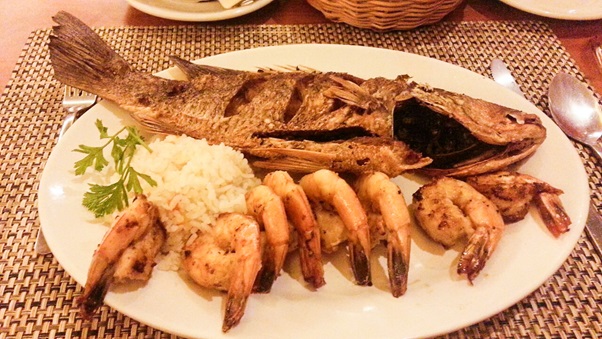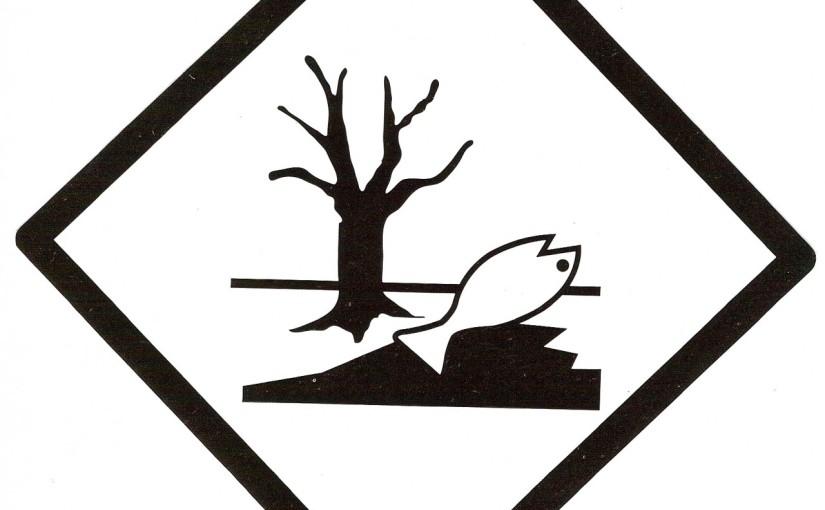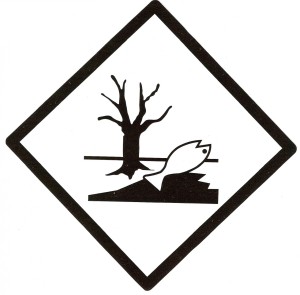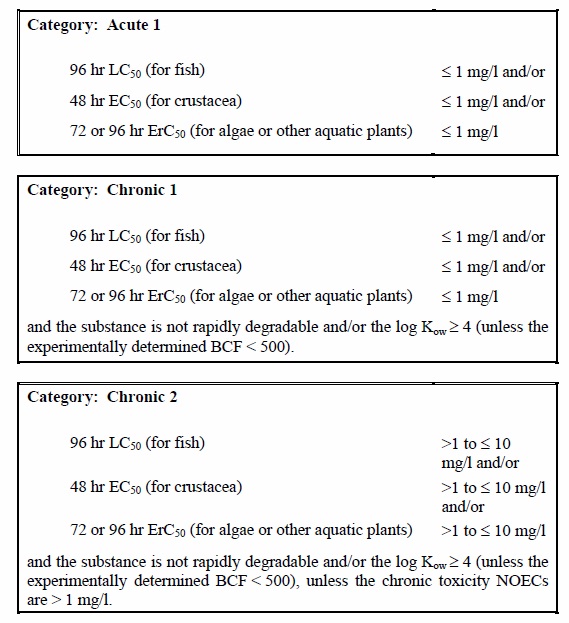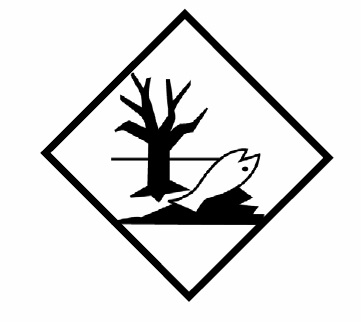The International Convention for the Prevention of Pollution from Ships (MARPOL 73/78) deals with various aspects of prevention of marine pollution by ships.
MARPOL through its six annexes promulgates mandatory regulations aimed at minimizing and preventing pollutions from ships – both accidental and from routine operations. Annex III of MARPOL, entered into force on 1st July 1992, deals with “Prevention of Pollution by Harmful Substances Carried by Sea in Packaged Form”. Today, the number of contracting parties and states to Annex III is 138, which accounts to 97.59% of the World Tonnage.
For the purpose of Annex III, “harmful substances” are (1) those substances which are identified as Marine Pollutants in the International Maritime Dangerous Goods Code (IMDG Code) or (2) which meet the criteria in the Appendix to Annex III. Regulation 1(2) of Annex III prohibits carriage of harmful substances except in accordance with the provisions of this Annex which is amplified and published in IMDG Code.
Many substances, articles and materials falling under classes 1 to 9 have the potential to cause pollution to marine environment, the index and column 4 of Dangerous Goods List indicates these substances, materials and articles with the symbol “P”. However the absence of the symbol P or the presence of a “–” in the column 4 does not preclude the application of classification criteria of Marine Pollutant when deemed necessary.
A substance, material or article which does not have the property of any classes from 1 to 8 however having the potential to pollute marine environment must be transported as Marine Pollutant under the entry: ENVIRONMENTALLY HAZARDOUS SUBSTANCE, SOLID, N.O.S., UN 3077 or ENVIRONMENTALLY HAZARDOUS SUBSTANCE, LIQUID, N.O.S., UN 3082, as appropriate, unless there is a specific entry in class 9.
MARPOL Annex III Regulation 2 requires the packages to be adequate to minimize the hazard to marine environment. This is amplified through Packing, IBC & Tank Instructions in IMDG Code. Further every package, tank or bulk container carrying Marine Pollutant must be marked with Marine Pollutant mark.
IMDG Code 37-14 has amended the requirement of Marine pollutant mark through section 5.2.1.6.3 as below
The marking must be in the form of a square set at an angle of 45° (diamond-shaped). The symbol (fish and tree) shall be black on white or suitable contrasting background. The minimum dimensions must be 100 mm x 100 mm and the minimum width of line forming the diamond shall be 2 mm. If the size of the package so requires, the dimensions/line thickness may be reduced, provided the marking remains clearly visible. Where dimensions are not specified, all features shall be in approximate proportion to those shown.
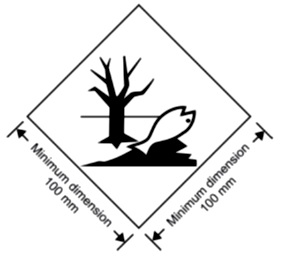
The section 5.2.1.6.3 of IMDG Code 36-12 may be used until 31 December 2016.
Packages must be marked on one side, IBCs on two opposing sides, containers and tanks on all four sides. The size of mark on packages and IBCs must be 100mm x 100mm, containers and tanks 250mm x 250mm. Marking of packages, containers and tanks are required through Regulation 3 of MARPOL Annex III.
According to MARPOL Annex III Regulation 4, whenever a Marine Pollutant is offered for transport by sea the document must mention the words “MARINE POLLUTANT” after the description of dangerous goods. This can be supplemented with words “ENVIRONMENTALLY HAZARDOUS”. Every ship must have a special list, manifest or stowage plan showing the stowage location of Marine Pollutants loaded at each port. This must be revised at every load and discharge. These two documents must be handed over to the person or organization designated by the port authority.
Carriers while loading Marine Pollutant packages or containers/tanks, containing Marine Pollutant, will normally prefer under deck stowage, when permitted, or will stow only on well-protected decks or inboard in sheltered areas of exposed decks. (Regulation 5 – MARPOL Annex III) This is to prevent containers falling into sea due to any reason.
IMDG Code 37-14 gives relaxation from many requirements of regulations when goods which has only Marine Pollution potential, does not have property of any other classes, is packaged in single or combination packagings containing a net quantity per single or inner packaging of 5 l or less for liquids or having a net mass per single or inner packaging of 5 kg or less for solids. When packaged in this way they are not subject to any other provisions of IMDG Code relevant to Marine Pollutants provided the packagings meet the general provisions of 4.1.1.1, 4.1.1.2 and 4.1.1.4 to 4.1.1.8
Heads up for next year!
Following entries which were not identified as Marine Pollutant in IMDG Code 36-12 is now identified as Marine Pollutant in IMDG Code 37-14.
UN 1005 1098 1206 1262 1272 1299 1334 1547 1600 1708 1748 1840 1920 2038 2073 2208 2218 2241 2304 2325 2331 2368 2381 2672 2709 2850 2880 3318 3451 3454 3485 3486 3487.
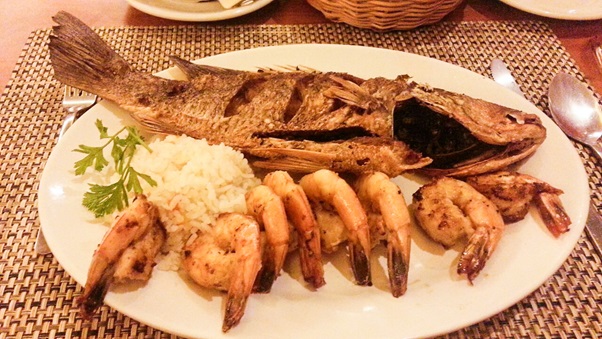
A simple fact: If a chemical can alter the taste of seafood then it is MARINE POLLUTANT!
